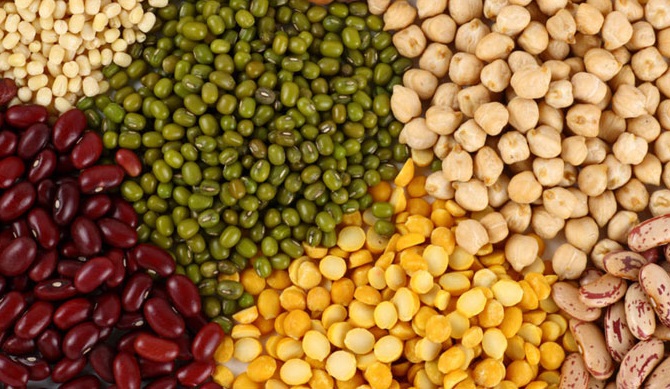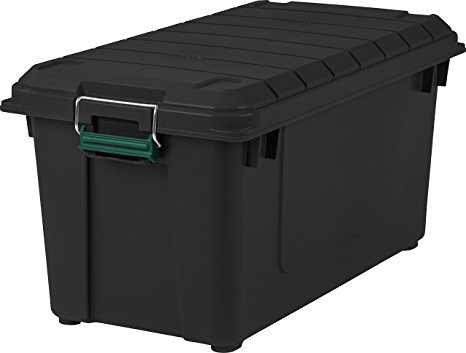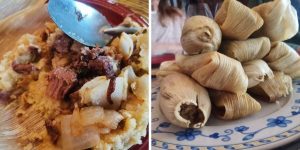One thing you’ll learn quickly when you start keeping laying hens, is that no egg comes for free!
What your flock eats directly correlates into the quality and quantity of eggs they’ll produce for you.
I want to take good care of my hens without breaking the bank on them–so our quest for top-notch feed started there. At first, we just bought the commercial bags of non-GMO/organic feed, but those get pretty expensive over time, especially for our flock of 20+ birds.
So we started researching how to buy bulk grains and create our own DIY chicken feed recipe to give the girls everything they need.

The basic recipe for layer feed is 17% protein–this should come from a variety of grains, plus greens (i.e. your kitchen scraps and garden weeds!), bugs from foraging, and a source of available calcium + grit.
You can offer store-bought oyster shells or bake and crush their own eggshells for calcium. Access to small gravel on the ground where the flock scratches is sufficient for grit.
Do take note that grit is especially important for your hens to digest whole grains, as opposed to pellet feed.
Chicken Feed Recipe
A solid basic recipe for layer chicken feed is as follows: (courtesy of Justin Rhodes, of Abundant Permaculture)
30% Corn (ideally non-GMO?)
30% Wheat (berries)
20% Peas (whole or split)
10% Oats
10% Fish Meal
Different grains offer different nutrients and protein content, and so your ideal recipe will really depend on what’s available and affordable in your area.

Great options for grains include black sunflower seeds, wheat berries (red and white; red is higher in protein), kamut, lentils, flax seeds, millet, sesame seeds, corn, oats (groats, steel cut, rolled), peas, and kelp meal. Learn more about the nutrient profiles of each here.
You’ll want to call around to get the best prices and sources–some feed stores may not carry everything you need.
You may want to get prices on organic, non-organic, and non-GMO, just to compare and choose what’s best for your flock. We don’t always opt for organic because of the cost. We do our best and don’t stress out about it too much.
Also, be forewarned that your flock might not like the ingredients you buy! We found out the hard way that our ladies liked split peas just fine, but whole peas were a no-go.
We ended up with peas sprouting up everywhere around the coop, and we were temporarily scrambling to add an extra protein source–THEN they ate the sprouts! Some folks even swear by sprouting grains for their chickens.
 Get this IRIS 82 Quart Remington WEATHERTIGHT Store-It-All Tote here on Amazon!
Get this IRIS 82 Quart Remington WEATHERTIGHT Store-It-All Tote here on Amazon!
You’ll also need to think about how you’re going to mix and store everything.
Sealable totes are a must to keep out vermin–especially if you’re buying in bulk, which I recommend if you’re going for cost efficiency.
We use a DIY gravity feeder like this one, and use a gallon bucket and a wheelbarrow to mix up a batch of feed and then dump it into the gravity feeder.
To get 30% or 20% of each ingredient, we just convert it into parts; i.e. 3 parts (bucketfuls!) of corn, 2 parts oats, etc.
We also have enough fenced land that our flock is able to free-range for a fair portion of their diet, which really helps cut down the bug population, and gives them extra protein. They do eat more feed in the winter months, and less in the summer, when bugs and weeds are out in full-force.
We have rocky soil, so I’m fairly confident they’re getting enough grit and gravel as well.

Best of all, we have maintained pretty good egg production–even in the colder months.
This excellent guide breaks down the different feed ingredients and why you’ll want to adjust your feed ratios depending on the age and stage of your birds.
Have you ever experimented with making your own DIY chicken feed? Tell us about it in the comments!




